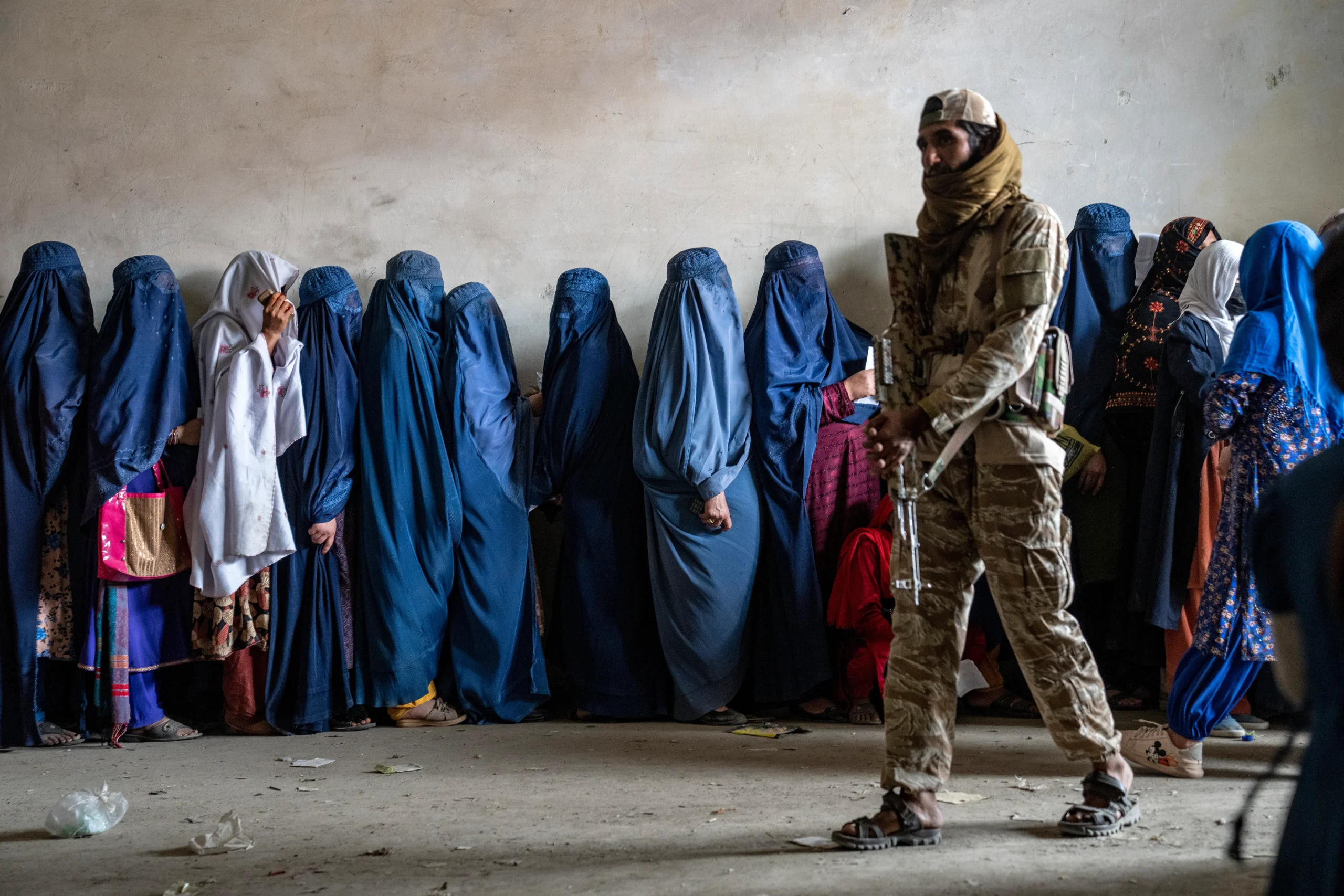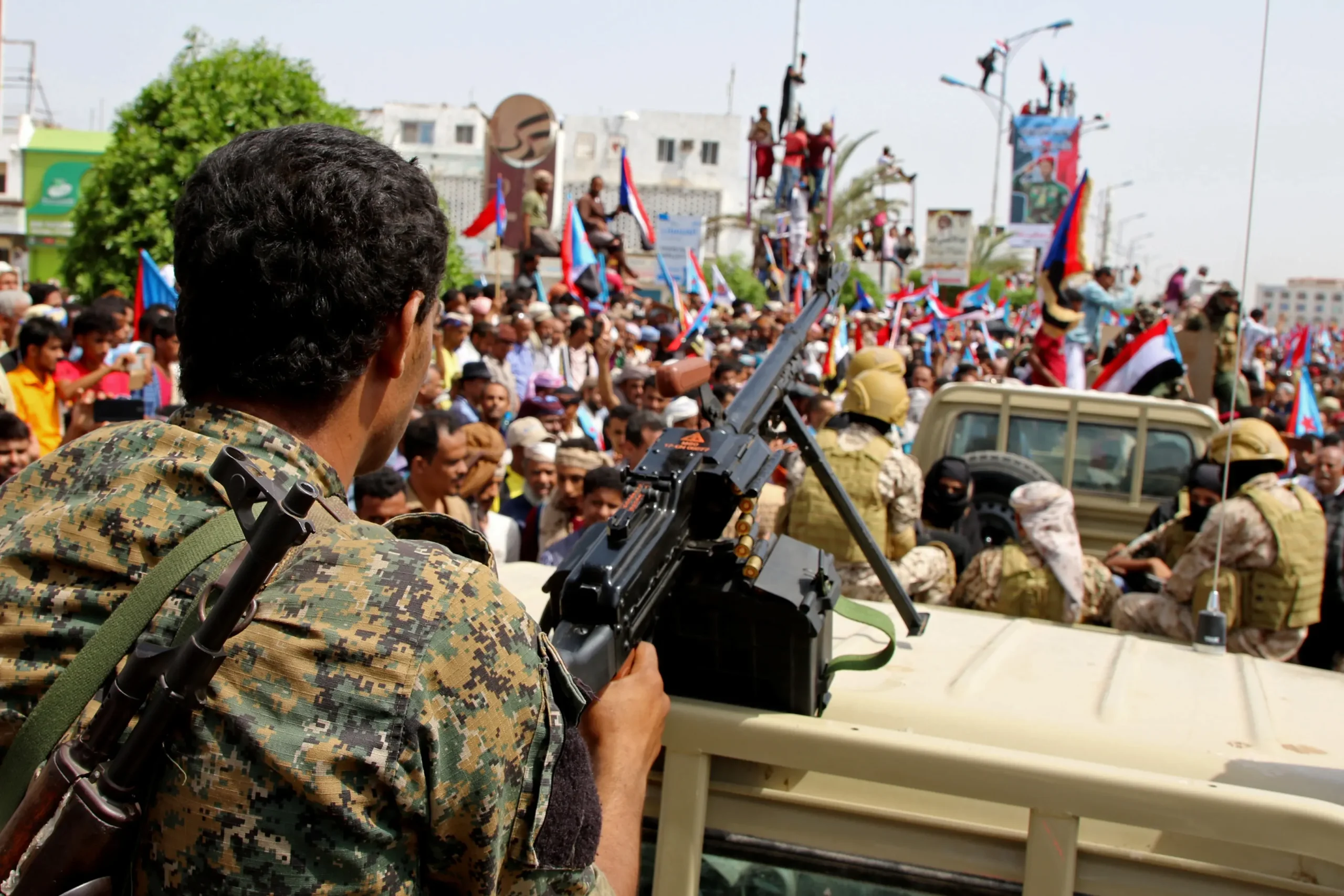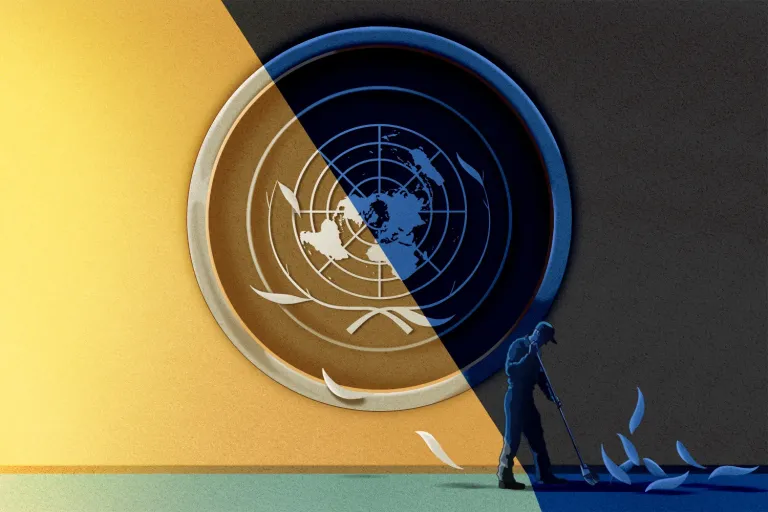Nepal has implemented a quota scheme that limits the number of climbers allowed to attempt Everest in a desperate attempt to avoid overcrowding on the world\’s highest peak as the country prepares for a record number of climbers this season, which begins in May.
No Crowd Allowed
The Department of Tourism issued a memorandum on Wednesday for a limited number of mountaineers, chosen based on their climbing permit numbers, to attempt the summit within the first \”weather window\” that opens after the ropes and ladders are fixed up to the roof.
A certain number of people will be able to attempt the summit within the second weather window, or during a time of good weather when climbing is safe, and so on.
If this scheme fails, the adventure outfitters will have to arrange and organize the climbing among themselves, with a maximum of 170 people in one weather window, according to the Department of Tourism.
History and the COVID
According to Guinness World Records, the most people to cross the summit of Everest in a single day is 354, with 212 climbers from Nepal, according to a recordset on May 23, 2019. Similarly, on May 19, 2013, 266 people reached the summit of Everest.
The government granted 381 Everest climbing permits in 2019. It was a record number, causing “traffic jams” on the snowy path to the summit. On the Nepalese side, ten people died, the highest death toll in four years.
The number of permits granted this year, in the middle of the second wave of Covid-19, is high. Authorities predict that this will set a new limit. The department had given climbing permits to 377 people as of Wednesday.
“Based on the current trend, we estimate the number of permits to be close to 400,” said Mira Acharya, director of the Department of Tourism.
Everest could see a throng of over 800 people crawling up its slopes this year. Inevitably creating fears of yet another record crowd on the planet\’s highest stage.
Opinions of Top Officials
The new guidelines sound fine on paper, and expeditions must follow the government\’s decision. Although, they aren\’t \”practically implementable,\” according to Dambar Parajuli, president of the Expedition Operators Association.
According to Parajuli, in previous years, expedition organizers were also permitted to set the number of climbers. However, this is based on a common agreement.
As many climbers compete for the summit at the same time on Everest, a \”traffic jam\”-like scenario occurs. Consequently, when it occurs over 8,000 meters, the \”Death Zone,\” it can be very risky.
Due to the number of Climbers, a \’traffic jam\’ can potentially occur. As a result, they have to wait for their turn to ascend or descent on a single cable. This in return raises the risk of fatigue, frostbite, or altitude sickness.
Climbers can also run out of oxygen during the ascent\’s final stages. In the wake of the Covid-19 threat, a climber is not permitted to attempt another mountain directly after completing the first ascent. This is according to the most recent directive.
Until going on another climb, a climber must apply a negative polymerase chain reaction test result, according to the guideline.





